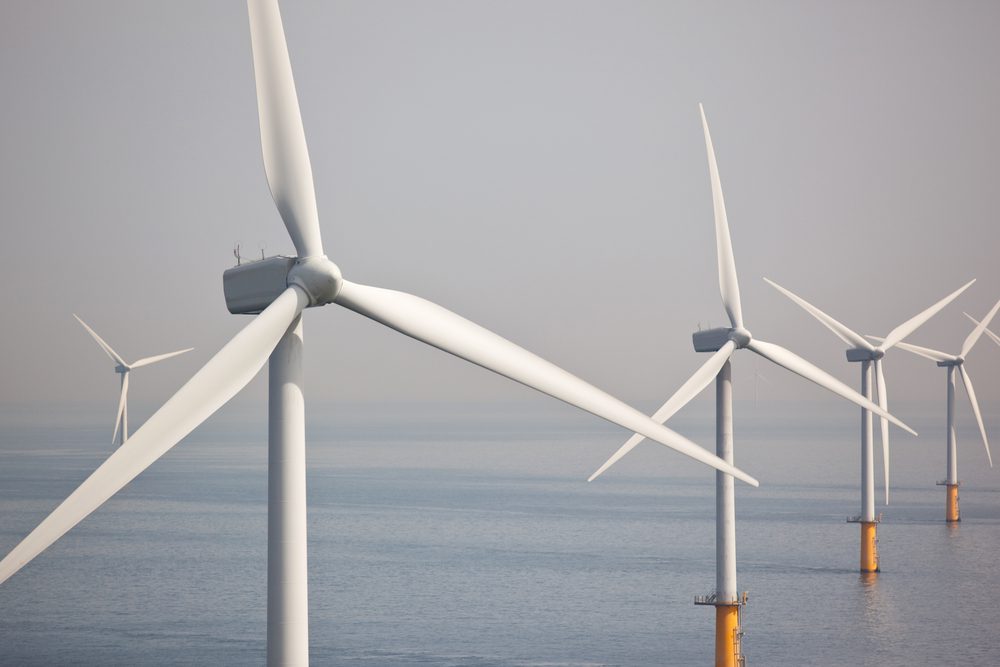The Bureau of Ocean Energy Management (BOEM) is forging ahead with its offshore wind development plans in California, despite looming political uncertainties surrounding the incoming Trump administration.
In a move that underscores the agency’s commitment to renewable energy, BOEM has opened a public comment period on a regional environmental analysis for five offshore wind lease areas along California’s central and north coasts.
The analysis covers an expansive area of over 373,268 acres, with the potential to generate more than 4.6 GW of offshore wind energy – enough to power approximately 1.5 million homes.
“BOEM invites feedback from a wide range of stakeholders as we work towards achieving President Biden’s clean-energy goals, which are essential for the well-being of all Americans,” said BOEM Director Elizabeth Klein.
The initiative builds on the momentum generated by BOEM’s December 2022 auction, which secured over $757 million for the rights to five lease areas off California – marking the first U.S. lease areas designated for future floating offshore wind development. The areas are located off Morro Bay on the central coast and Humboldt County in northern California.
The current Draft PEIS represents only the second time BOEM has conducted a regional analysis of offshore renewable energy development across multiple lease areas, signifying a strategic shift in the agency’s approach.
This push for offshore wind development aligns with the Biden-Harris administration’s ambitious goals of deploying 30 gigawatts (GW) of offshore wind energy capacity by 2030 and 15 GW of floating offshore wind capacity by 2035. Under the current administration, the Department of the Interior has already approved more than 15 GW of clean energy from ten offshore wind projects and held six offshore wind lease auctions, including groundbreaking sales off the Pacific and Gulf of Mexico coasts.
However, the future of these initiatives faces potential challenges with the incoming Trump administration. President-elect Donald Trump has consistently voiced opposition to the offshore wind industry, pledging to issue an executive order on his first day in office to “end” the sector. Trump’s criticisms center on his perceived high costs of offshore wind projects and their potential environmental impacts, particularly concerning marine life and seabirds.
The Notice of Availability (NOA) for the California Draft Programmatic Environmental Impact Statement (PEIS), set to be published in the Federal Register on November 14, 2024, will initiate a 90-day comment period.

 Join The Club
Join The Club










